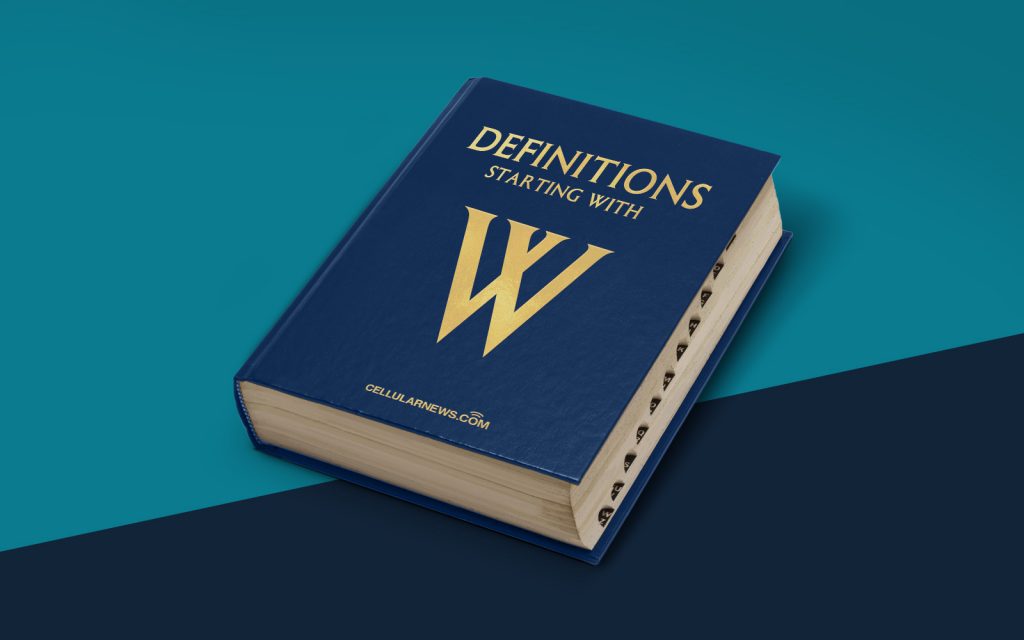
What is Web Design?
Welcome to the “DEFINITIONS” category of our website, where we cover a range of topics to help demystify the world of web design. In this post, we’ll explore the fundamental question: What is web design?
Web design refers to the process of creating and designing websites. It involves a combination of visual aesthetics, user experience, and technical aspects to deliver an engaging and functional website. Good web design requires a careful balance between artistic creativity and technical proficiency.
Key Takeaways:
- Web design is the process of creating and designing websites.
- It blends visual aesthetics, user experience, and technical aspects.
Now that we have a general understanding of what web design entails, let’s dive deeper into the key components that define a well-designed website:
User Experience (UX)
User experience refers to the overall experience a visitor has when interacting with a website. It involves creating a user-friendly interface, intuitive navigation, and providing relevant and valuable content. A positive user experience helps visitors easily find what they’re looking for and encourages them to stay on the website longer.
Visual Design
Visual design focuses on the aesthetics of a website, including the use of colors, typography, and imagery. It aims to create a visually appealing and cohesive look that reflects the brand’s identity and resonates with the target audience. Visual design plays a crucial role in capturing visitors’ attention and conveying messages effectively.
Responsive Design
In today’s digital landscape, it’s essential for websites to be accessible and usable across different devices, such as desktops, tablets, and mobile phones. Responsive design ensures that the website layout adjusts seamlessly to fit various screen sizes, providing a consistent and optimized experience for all users.
Accessibility
Accessibility is the practice of making websites inclusive and usable for people with disabilities. Web designers should consider factors such as screen reader compatibility, color contrasts for visually impaired users, and keyboard navigation for those who cannot use a mouse. Creating an accessible website ensures that everyone can access and navigate the content effectively.
Search Engine Optimization (SEO)
SEO involves optimizing a website to rank higher in search engine results. Web designers must incorporate SEO elements into the website’s structure, content, and coding to increase visibility and attract organic traffic. This includes using relevant keywords, creating valuable content, and optimizing meta tags and descriptions.
In conclusion, web design encompasses the creative process of designing visually appealing and user-friendly websites. It includes aspects such as user experience, visual design, responsive design, accessibility, and search engine optimization. By understanding these key components, you can create a well-designed website that engages visitors and achieves your online goals.
Thank you for joining us in this exploration of web design! Make sure to check out our other posts in the “DEFINITIONS” category as we continue to unravel the mysteries of various web-related topics.
